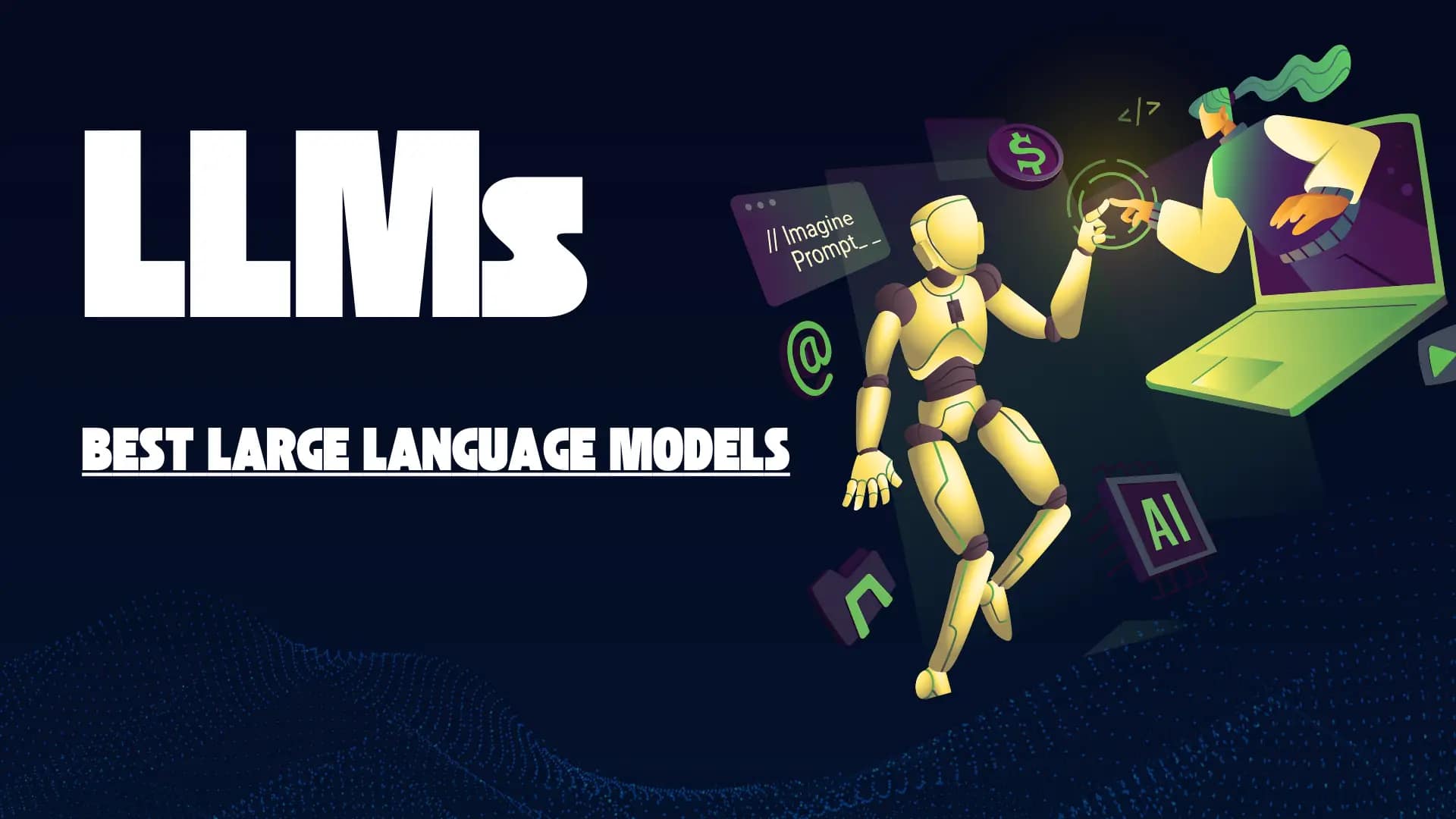
Top 10 Machine Learning Interview Questions 2024 With Answer
Top 10 Machine Learning Interview Questions
As the demand for machine learning (ML) continues to grow across industries, landing a role in this space can be both exciting and challenging. The key to success in a machine learning interview is demonstrating not only technical expertise but also a deep understanding of fundamental concepts. Below are the top 10 machine learning interview questions for 2024, designed to help you prepare and succeed.

1. How is machine learning different from conventional programming, and what is it?
Answer:
Machine Learning (ML) is a subset of artificial intelligence where computers learn patterns from data to make decisions or predictions without being explicitly programmed. Unlike traditional programming, which relies on predefined rules to process inputs and generate outputs, ML focuses on teaching the machine to infer rules from the data.
- Traditional Programming: Data and rules are input; the program runs according to pre-established logic to produce an output.
- Machine Learning: Data and intended output serve as input, and the model uses algorithms to discover underlying patterns or rules that provide predictions or judgments.
2. What kinds of machine learning are there?
Answer:
Three major categories may be used to classify machine learning:
- Supervised Learning: The model learns from labeled data when input and output are known.
- Example: Instance, estimating home values based on characteristics like location and region.
- Unsupervised Learning: The model works with unlabeled data and must find hidden patterns or structures.
- Example: Customer segmentation based on purchasing behavior.
- Reinforcement Learning: By interacting with an environment and getting rewards or punishments for its behaviors, the model learns.
- Example: A robot learning to navigate through obstacles by trial and error.
3. In machine learning, what are overfitting and underfitting?
Answer:
Overfitting: Is the phenomenon when a model performs exceptionally well on training data but struggles to generalize to new data. It occurs when the model captures both the noise and the actual pattern.
Underfitting: A model performs poorly on both the training and test sets when it is overly basic and misses the underlying structure of the data.
Achieving a balance between overfitting and underfitting—also known as good generalization—is preferable.
4. Can you explain the Bias-Variance tradeoff?
Answer:
The Variance-Bias A key idea in machine learning is tradeoff, which describes balancing two kinds of mistakes to get the best results:
- Bias: Refers to errors introduced by oversimplified models. High bias can cause underfitting.
- Variance: Refers to mistakes brought about by too complicated models. Overfitting can result from high variance. .
The goal is to find a balance between bias and variance, where the model is neither too simple nor too complex, ensuring it performs well on both training and new data.
5. Why is regularization necessary, and what does it mean?
Answer:
To avoid overfitting, regularization increases the model’s complexity at a cost. It aids in improved generalization by discouraging the model from picking up noise in the data.
Common types of regularization include:
- A penalty proportional to the absolute value of the model coefficients is added by L1 Regularization (Lasso).
- A penalty proportional to the square of the model coefficients is added by L2 Regularization (Ridge).
By applying regularization, we can control model complexity, ensuring that it performs well on unseen data.
Interview Question :-Click Here
6. What is a Confusion Matrix, and what are its key components?
Answer:
One approach for assessing how well categorization models function is A Confusion Matrix. It shows how well the model’s predictions align with the actual outcomes by displaying four key values:
- True Positive (TP): Accurately foreseen favorable results.
- True Negative (TN): Negative results that were accurately predicted.
- False Positive (FP): A Type I mistake in which positive results are incorrectly projected.
- False Negative (FN): A Type II mistake in which negative results are incorrectly projected.
To evaluate the performance of the model, important metrics like accuracy, precision, recall, and F1 score may be computed from the confusion matrix.
7. Why is cross-validation useful, and what is it?
Answer:
Cross-validation is one technique for assessing a model’s capacity to generalize to new data. The most popular kind is K-fold cross-validation, which splits the data into k subgroups. The model is trained k times using the remaining data for training and a different subset as the validation set.
Cross-validation is essential since it ensures that the model is neither overfitting nor underfitting and provides a more accurate evaluation of its performance.
Java Projects :-Click Here
8. What is the difference between Bagging and Boosting?
Answer:
Although they are both ensemble approaches, bagging and boosting work in distinct ways:
- Bagging (Bootstrap Aggregating): Multiple models are trained independently on different random subsets of data, and their predictions are aggregated. This helps reduce variance and overfitting.
- Example: Random Forest.
- Boosting: Models are trained sequentially, with each new model correcting the errors of the previous one. This reduces bias and improves accuracy by focusing on difficult examples.
- Example: Gradient Boosting.
9. How may hyperparameters be adjusted, and what are they?
Answer:
Hyperparameters, such as learning rate, neural network layer count, or decision tree tree depth, are factors that are established before the learning process starts and regulate how the model learns.
There are several techniques to modify hyperparameters, including:
- Grid Search: Tests every combination of hyperparameters that might exist.
- Random Search: Randomly selects hyperparameter values to evaluate.
- Bayesian Optimization: Uses past evaluations to predict more promising hyperparameter values.
For a model to perform better, hyperparameter tweaking must be done correctly.
10. How does a neural network operate and what is it?
Answer:
A Neural Network is a machine learning model inspired by the human brain, designed to recognize patterns. It consists of interconnected layers of neurons where:
- Input Layer: Accepts data features.
- Hidden Layers: Process data using weights, biases, and activation functions.
- Output Layer: Provides the final prediction.
Neural networks excel at tasks like image recognition, natural language processing, and time-series prediction due to their ability to learn complex patterns.
- Top 10 Machine Learning Interview Questions 2024 (With Answer)
- Top 10 Machine Learning Interview Questions
- machine learning interview questions and answers pdf
- 500 most important machine learning interview questions and answers pdf
- Top 10 Machine Learning Interview Questions
- Top 10 Machine Learning Interview Questions
- machine learning interview questions for freshers
- Top 10 Machine Learning Interview Questions
- machine learning interview questions for experienced
- machine learning interview questions github
- machine learning interview questions pdf







Post Comment